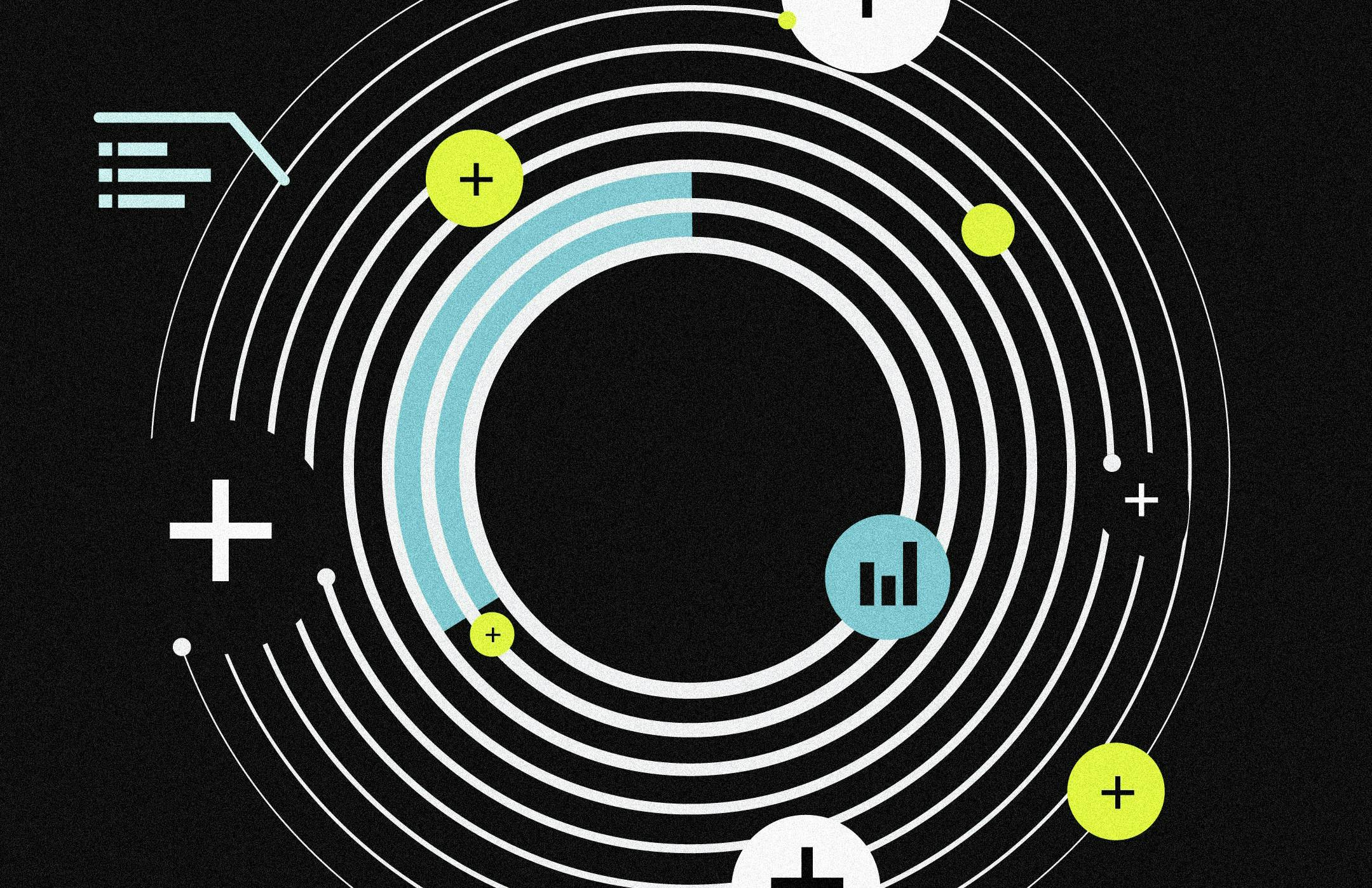Conventional approaches to customer data unification are typically deterministic, not marketer-facing, and hard to build, maintain and scale. Customer Data Platforms (CDPs) offer many improvements on all of these dimensions for Business-to-Consumer marketers.
In this blog post, we look at CDPs, and focus on why Intelligent CDPs, in particular, are the ideal evolved solution for your customer data unification needs.
What is a CDP?
As per Wikipedia, a Customer Data Platform (CDP) is “a marketer-managed system that creates a persistent, unified customer database that is accessible to other systems.” This article from MarTech Today specifies the shared defining characteristics for CDPs:
Marketer-managed;
Employ a unified, persistent, single database for all customer behavioral, profile and other data, from any internal or external source;
Utilize a consistent identifier that links all of a customer’s data; and
Are fully accessible by external systems and are structured to fully support marketers’ needs for campaign management, marketing analyses, and business intelligence.
While these characteristics are a significant improvement on conventional approaches, they are not sufficient in terms of what B2C marketers need to unify their customer data, make it usable, and drive top line growth. Legacy CDPs are missing key elements that enhance marketer reach and flexibility, and decrease time to value.
Rather than using manual, slow, and expensive legacy ETL tools, an Intelligent CDP can ingest all your raw data in a matter of days. Traditional CDPs typically require weeks or months of data integration effort.
Legacy CDPs are often solely deterministic in nature, relying only on exact matches for names, email addresses, or a similar field to make matches across customer data. A key challenge with this approach is that marketers often have to discard up to 50% of their customer records that don’t show an exact match. Thus, the ability to distinguish what is exact and inexact is lost.
Some legacy CDPs apply fuzzy matching to the customer datasets. These data systems typically support only exact linkages by key, or simplistic statistical models where the strength of connection is lost once the data is stored. Data errors therefore compound, and users lose the flexibility to use the customer data in different ways. A key additional drawback is that you still end up tossing out all the customer records that did not meet your probability threshold, thereby again limiting the marketable customer universe.
Intelligent CDPs, however, utilize three key innovations that expand on the capabilities of legacy CDPs.
The Three Innovative Characteristics of an Intelligent CDP
An Intelligent CDP has all the some characteristics as a conventional CDP. In addition, it incorporates the following three innovations:
Probabilistic Data Foundation: With customer data, it’s highly likely that the same customer has records in multiple databases with incomplete, imprecise, or contradictory data. This problem is only going to get worse with the explosion in the amount of data being generated, and new platforms and sources being added seemingly daily. Traditional databases are not designed for this: they cannot handle uncertainty about data or about how data is combined to provide answers. Probabilistic databases have a major advantage over their traditional counterparts: because the underlying uncertainty in the data is stored persistently within the data system itself, you are always able to leverage the data responsibly, and the entire system can adapt with accuracy as new data becomes available.
Multiple Marketer-friendly Databases: An Intelligent CDP leverages a probabilistic data foundation to create multiple marketer-friendly databases, each optimized for unique marketing and analytics use cases. An Intelligent CDP vastly expands the universe of customer data available to marketers and unlocks many personalized marketing use cases by providing access to both deterministic and probabilistic databases. Marketers have the choice to use the databases that best fit their use cases.
Intelligent stitching: An Intelligent CDP uses advanced machine learning and massive computing power to resolve customer identities, with models refined and customized to ensure the best match quality for your customer data. This approach surpasses deterministic and fuzzy matching and provides unparalleled match rates at scale, even when the data systems don’t have exact linking keys.
Benefits of an Intelligent CDP
With an Intelligent CDP, you get:
Faster Time to Value: The raw data ingestion capability of an Intelligent CDP means you can be deriving value in days as opposed to weeks or months with legacy CDPs or traditional mechanisms of customer data unification.
High Quality Reach: Marketers get a vastly expanded universe of the richest possible customer profiles because an Intelligent CDP processes all your customer data, and continually updates the probabilistic score associated with each individual record.
Unparalleled Flexibility: The unique ability to match data quality and customer reach to the use case that marketers have in mind. Traditional CDPs utilize a “one size fits all” model, where all use cases must use the same database.
Top Line Growth: The unified and usable customer data that you need to drive improved acquisition and retention marketing performance, better customer analytics, and powerful customer 360 initiatives.
An Intelligent CDP can help marketers transform how they do marketing and deliver impressive top line growth. As an example, a Fortune 500 brand was able to improve their acquisition rate on Facebook by 91% by using an Intelligent CDP to unify the customer data necessary to power detailed targeting.
Could an Intelligent CDP help transform your marketing efforts? We invite you to reach out so we can start the conversation!
